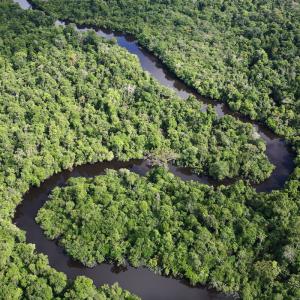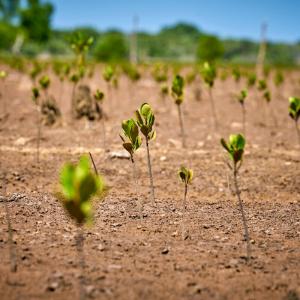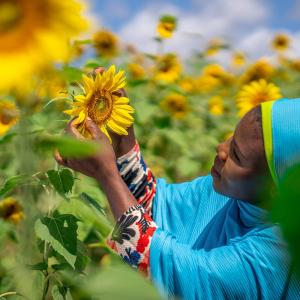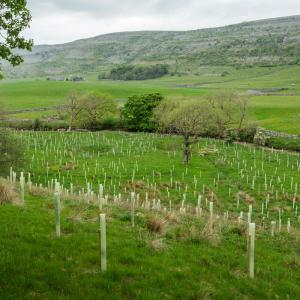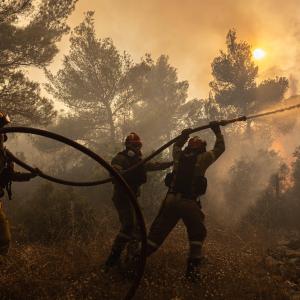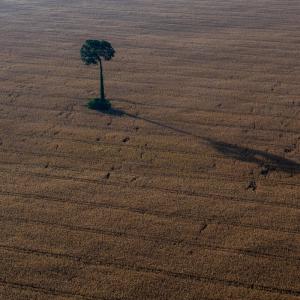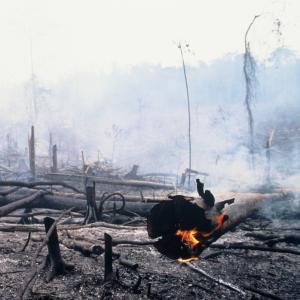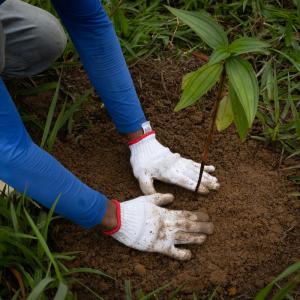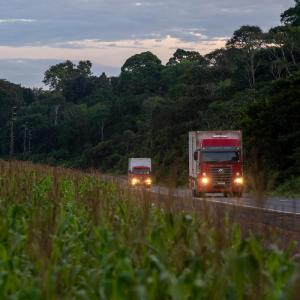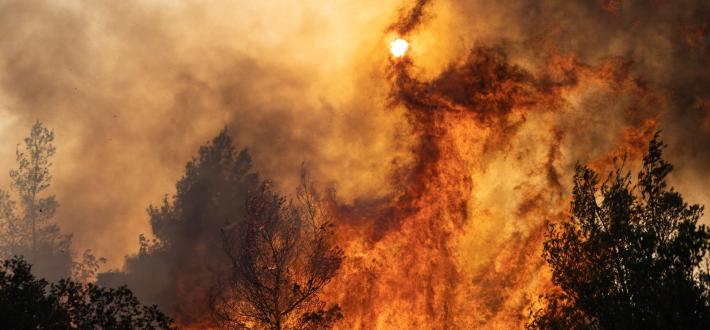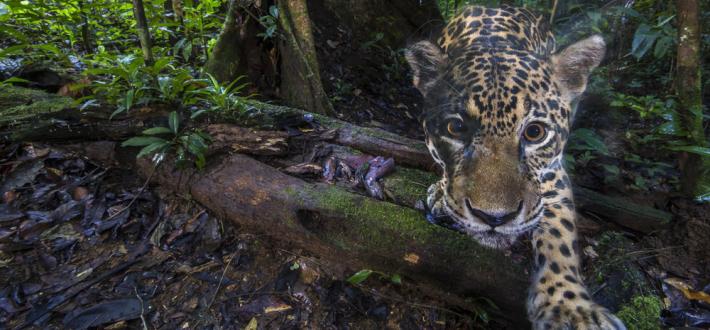Forests are not thriving
They are one of our strongest allies in the fight against climate change, but the world is failing forests.
Forests suck up one third of the world’s greenhouse gas emissions, are home to 80% of the world’s land-based animal and plant species, and provide livelihoods for 1.6 billion people. The need for us to protect forests is the basis for many international pledges and targets. Yet, deforestation and forest degradation have continued.
We do not need new global forest goals to protect and restore our forests. We need to put into action the goals we already have. We must tackle the systemic threats to forests, deliver the funding needed to protect and restore them, and bring national policies in line with global commitments.
The pathways to meeting forest goals are known, but progress is slow and small-scale. We must change this. Failing against forest targets will have catastrophic impacts for people, including locking us into a world of dangerous climate change.
Forest stripes

Between 1970-2018, there’s been a shocking 79% average decline in the population abundance of species that rely on forests for survival. That includes gorillas, orangutans, hornbills, and so many more. Our Forest Stripes show the stark crisis that our forests face in one powerful image. Based on the Climate Stripes, the Forest Stripes were created by WWF in collaboration with the University of Reading, University of Derby, and ZSL. Find out more at Biodiversity stripes.
How can I use the stripes?
You can download the stripes from https://biodiversitystripes.info/wwfforestspecies. Use of the stripes is encouraged under our licence, but cannot be used commercially without written permission from WWF and ZSL. Source: ZSL/WWF (2022) Forest Specialist Index, 1970 to 2018 (livingplanetindex.org/fsi).

Causes of forest loss
Multiple threats are impacting global forests:
- Physical threats from climate change and changing wildfire patterns.
- Denial of rights, empowerment and governance to Indigenous Peoples and local communities.
- Financial, subsidy and trade systems that pay to harm forests.
The pathways to reducing these threats and meeting forest goals exist, but our progress is slow, fragmented and small-scale. We must build on the pockets of positive momentum from governments and businesses.

Missing our forest goals means ever greater risks for our planet
Less forest means a more unstable world. It raises risks for food and water security, more climate change, less protection against extreme weather events, and much less biodiversity.
The two largest tropical forests are at risk of reaching tipping points. This would release billions of tonnes of carbon and have devastating consequences for the millions of people who depend on the stability of their ecosystems. It would also have a global impact on our climate and catastrophic effects on biodiversity.

Missing our forest goals means ever greater risks for our planet, each year we fail, because the targets get harder to meet each year that we fail them. Our findings show the pathways to protected, restored and sustainably managed forests are known – we don’t need new forest targets, we need to implement the ones we have with high ambition and accountability.

We can protect, restore and sustainably manage forests
The forest pathways to meeting our goals are:
- Accelerating the recognition of Indigenous Peoples and local communities' right to own and manage their lands, territories and resources - and realising, respecting and permanently securing those rights.
- Mobilising massive financial flows, both public and private, and repurposing harmful ones to support green and sustainable forest economies and trade.
- Reforming the rules of global trade that harm forests, getting deforesting commodities out of global supply chains, and removing barriers to forest-friendly goods.
- Shifting towards nature-based and bio economies.
We must work collectively to build and realise these pathways to protected, restored and sustainably managed forests.

